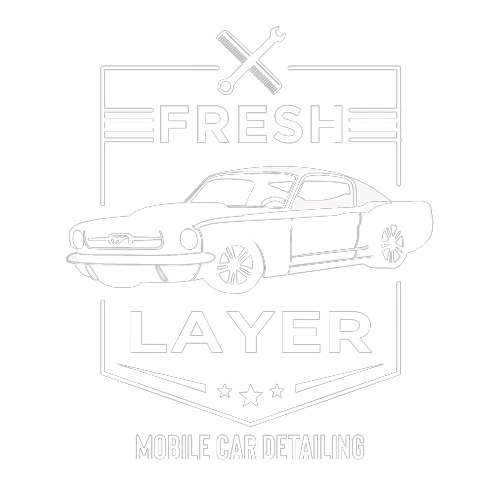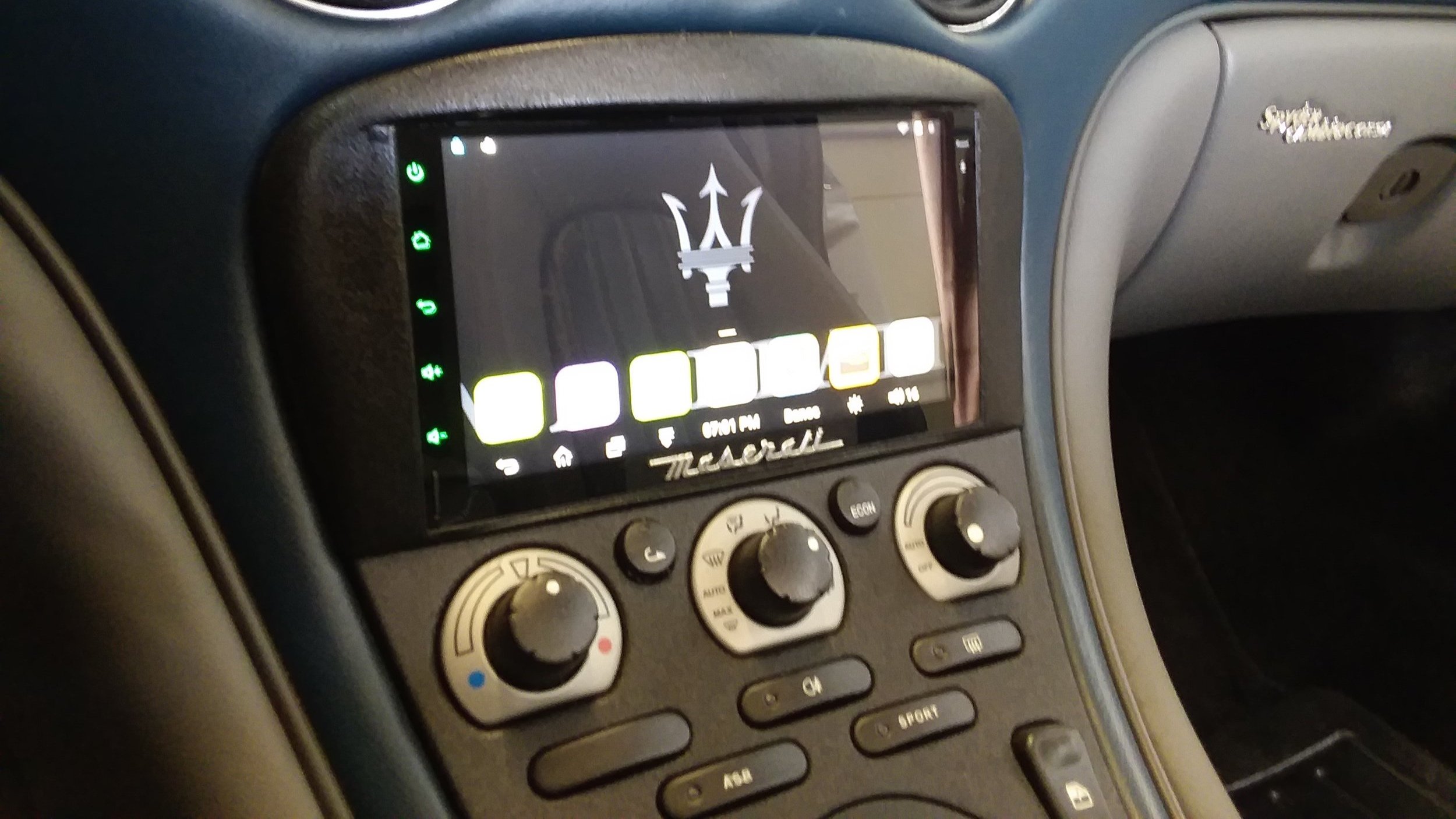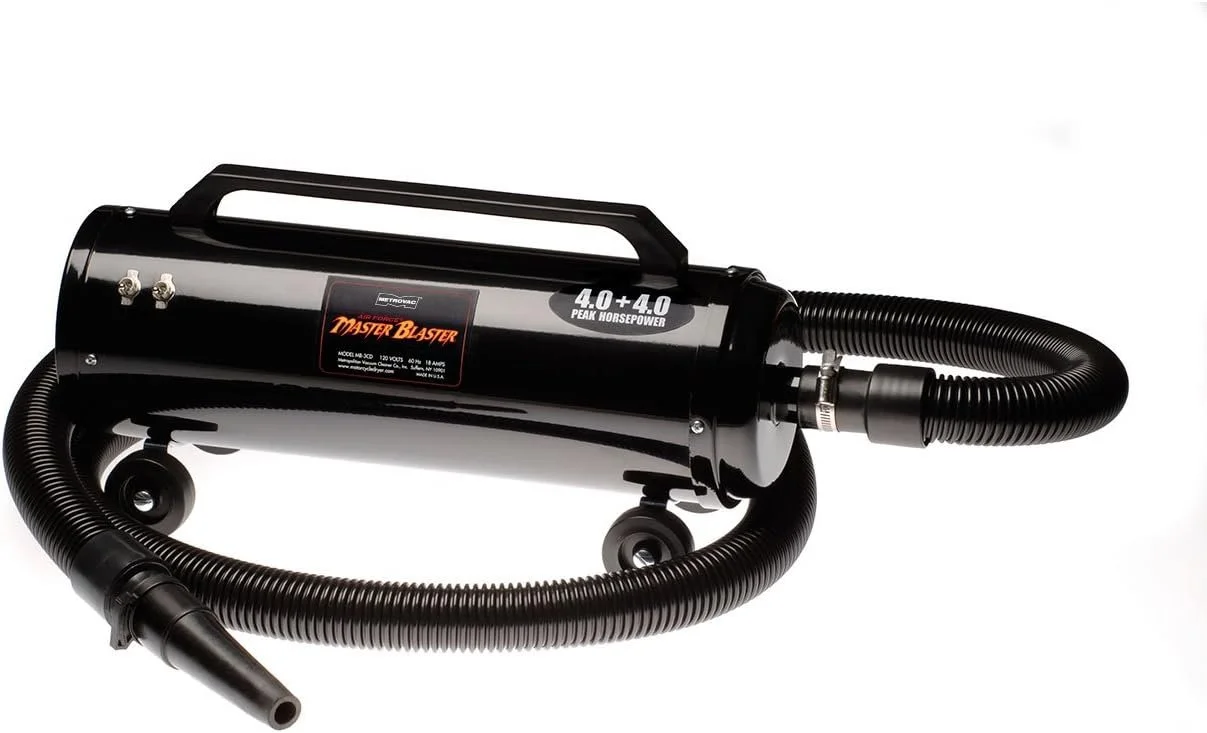Why Do Interior Parts Get Sticky in High-End Cars and How to Fix It
High-end cars are known for their luxury, comfort, and sophisticated design. However, one common issue that owners of these vehicles often encounter is sticky interior parts.
Over time, certain surfaces in luxury cars, such as dashboards, steering wheels, and door panels, can develop a tacky, unpleasant texture. This detracts from the vehicle’s aesthetic appeal and can diminish its value.
Understanding why this happens and how to fix it using professional methods is crucial for maintaining the quality of your high-end car. In this guide, we’ll explore the causes of sticky interiors and share expert tips on effectively addressing this issue.
Understanding Why Interior Parts Get Sticky in High-End Cars
Degradation of Soft-Touch Coatings:
Luxury vehicles feature soft-touch coatings on interior surfaces to provide a premium feel. However, these coatings can degrade over time due to exposure to heat, UV rays, and regular use. As the coatings break down, they can become sticky and unsightly.
Heat and Humidity Effects:
High temperatures and humidity levels can accelerate the breakdown of interior materials. In areas with fluctuating climates, like San Diego, cars are frequently exposed to intense sunlight, which can cause the interior surfaces to become sticky faster.
Chemical Reactions with Cleaning Products:
Using improper or harsh cleaning agents can lead to sticky interiors. Some cleaning products contain chemicals that react with the soft-touch coatings, breaking them down and leaving behind a tacky residue.
Identifying Affected Areas in Your Car’s Interior
Sticky interiors typically affect certain areas more than others. Commonly affected parts include:
Dashboards
Steering wheels
Door panels
Control buttons
I think it's essential to identify and address the issue early to prevent further damage to stickiness. Look for signs such as surfaces feeling tacky to the touch or having a shiny, uneven appearance.
Professional Methods to Fix Sticky Interior Parts
Step 1: Assessing the Condition
Before any work begins, a detailed inspection is necessary to determine the extent of the stickiness and the condition of the affected surfaces. This assessment helps in choosing the right approach and products for the job.
Step 2: Choosing the Right Products
Professional detailers use specialized products designed for high-end vehicles. These products are formulated to safely clean and restore soft-touch surfaces without causing additional damage. It’s crucial to use only those products that are compatible with the specific materials in your vehicle.
Step 3: Safe Removal of Sticky Residue
Removing sticky residue requires expertise and the right tools. Professionals often use:
Steam Cleaners: These are effective at loosening and lifting sticky residue without harming the surface.
Mild Solvents: Specially formulated solvents can dissolve sticky coatings while preserving the underlying material.
Microfiber Cloths and Soft Brushes: These tools ensure a gentle yet thorough cleaning process.
Step 4: Restoring and Protecting the Surface
After removing the sticky residue, restoring the surface to its original condition is essential. This involves applying high-quality restorers that can renew the material's appearance. Additionally, detailers apply UV protectants and sealants to prevent future stickiness and protect the surfaces from environmental damage.
Benefits of Using Professional Detailing Services
Choosing a professional detailer ensures that the sticky interior issue is addressed correctly. The benefits include:
Expertise: Professionals have the knowledge and experience to handle high-end vehicles carefully.
Specialized Tools: Access to tools and products specifically designed for luxury car interiors.
Long-Term Protection: Professional detailing not only fixes the current issue but also protects against future problems.
Preventative Measures to Avoid Sticky Interiors
Regular maintenance is critical to preventing sticky interiors from developing in the first place. Here are some tips from professional detailers:
Regular Cleaning: Schedule regular interior cleanings with a professional detailer who uses the right products.
Climate Control: Keep your car parked in shaded or climate-controlled areas to minimize exposure to heat and humidity.
Proper Storage: Use a car cover or garage to protect your vehicle from the elements.
Why DIY Methods Can Be Risky for High-End Cars
While DIY solutions might be tempting, they often come with risks, especially for high-end cars. Common DIY mistakes include:
Using Harsh Chemicals: These can cause further damage to soft-touch surfaces.
Improper Tools: Using the wrong tools can scratch or damage delicate materials.
Inadequate Knowledge: With proper knowledge, DIY methods can improve the problem, leading to more costly repairs.
Choosing the Right Professional Detailing Service
Selecting an exemplary detailing service is crucial when fixing sticky interiors in high-end cars. Here’s what to consider:
Experience: Look for detailers with experience in handling luxury vehicles.
Reputation: Check reviews and testimonials to ensure the detailer has a good reputation.
Product Knowledge: Ensure the detailer uses safe and effective products for your car’s specific materials.
Frequently Asked Questions (FAQs) About Sticky Interior Parts in High-End Cars
-
Interior parts in high-end cars often get sticky due to the degradation of soft-touch coatings on surfaces like dashboards, door panels, and steering wheels. Exposure to heat, humidity, and improper cleaning agents can accelerate this process, causing the material to break down and become tacky.
-
Sticky interior parts are commonly reported in high-end vehicles with soft-touch coatings. Some of the car models known to experience this issue include:
Ferrari 458 and Ferrari 488
Maserati Quattroporte
Lexus SC430
Porsche 911 (997 series)
BMW 7 Series (E65/E66)
Jaguar XJ (X350/X358)
Lamborghini Gallardo
Toyota Avalon (2000s models)
-
Sticky interior parts can often be fixed through professional detailing methods that involve safely removing the sticky residue and restoring the surface. In most cases, replacement is only necessary if the material is severely damaged.
-
Professional detailers fix sticky interior parts by first assessing the condition of the affected areas. They then use specialized cleaning agents, steam cleaners, and mild solvents to remove the sticky residue gently. After cleaning, the surfaces are restored with high-quality products and protected with UV sealants to prevent future stickiness.
-
DIY methods can be risky for high-end cars, as using the wrong products or techniques can cause further damage to delicate materials. It’s best to leave this issue to professional detailers with expertise and specialized tools to handle luxury vehicles safely.
-
Maintaining your car’s interior regularly is essential to prevent sticky interior parts. Avoid using harsh cleaning agents and keep your vehicle out of direct sunlight when possible. Regular professional detailing can also help protect soft-touch surfaces from becoming sticky.
-
High-end cars use soft-touch coatings to provide a premium feel and enhance the luxury experience. However, these coatings are prone to degradation, especially when exposed to heat, humidity, or incompatible cleaning products, leading to sticky interior issues.
Conclusion
Sticky interior parts are a common issue in high-end cars, but they can be effectively addressed with the right professional care.
Understanding why this happens and relying on expert detailers will help maintain the value and beauty of your luxury vehicle. Don’t let sticky surfaces diminish your car’s appeal—seek professional detailing services to restore and protect your interior.







